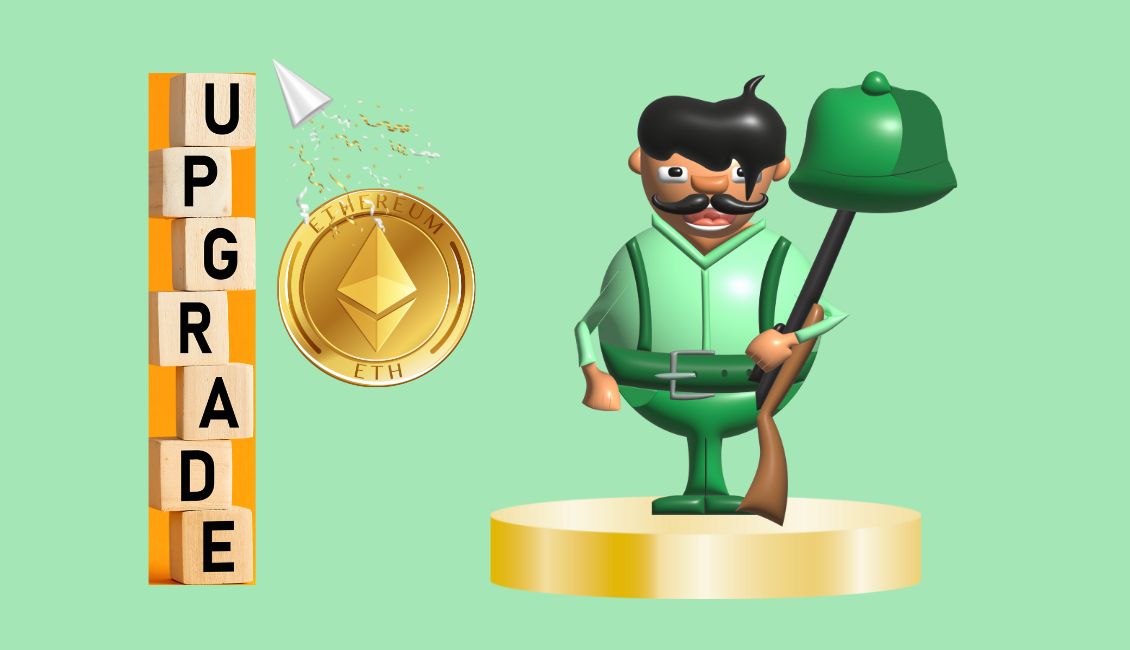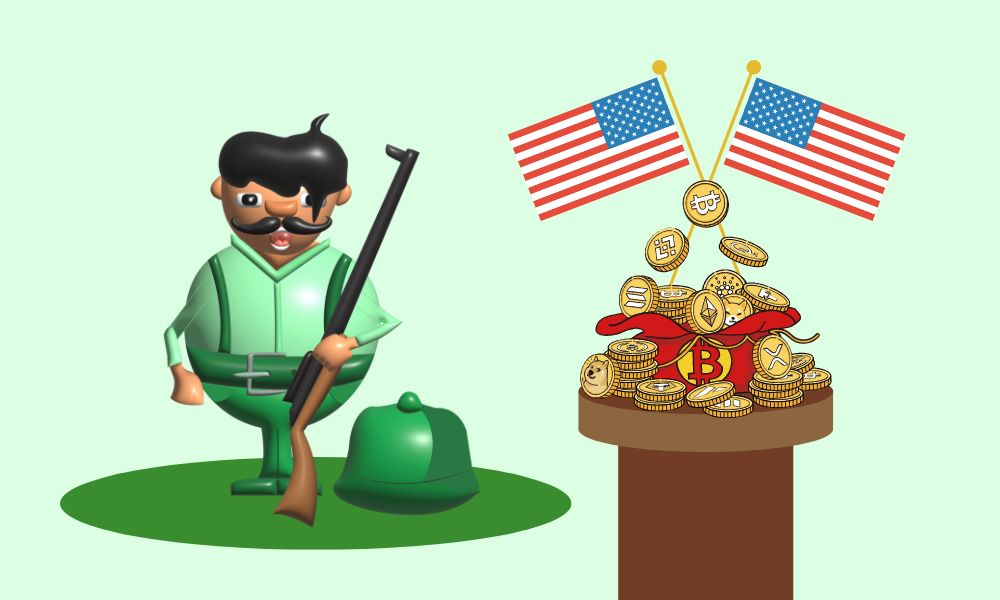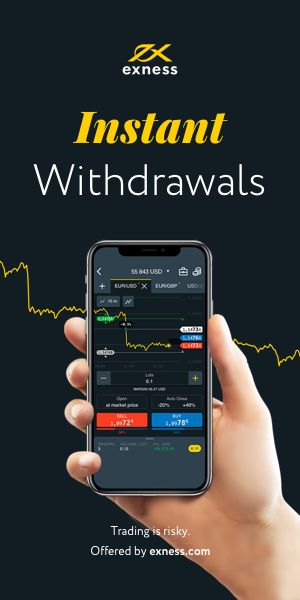According to Ethereum, the Merge upgrade has been done successfully!
Ethereum is a blockchain-based platform for executing and certifying smart contracts that is decentralized. Participants are able to transact without a central authority when using smart contracts. Participants have full access to transaction records that are immutable, verifiable, and securely dispersed. Ethereum accounts send and receive transactions. For the network to process transactions, senders must sign and pay in Ether.
Ethereum asserts that the Merge upgrade was successful and that additional upgrades are forthcoming.
The Merge is a significant step toward reducing the amount of energy the Ethereum blockchain consumes, but there are still more planned upgrades.
According to the Ethereum Foundation, the final phase of the Paris update was completed at 2:45 p.m. Hong Kong time, bringing an end to the lengthy wait for the Ethereum network upgrade.
The architecture of the second-largest blockchain in the world, with a market capitalization of $200 billion, will undergo a significant shift known as The Merge, allowing it to consume less energy while potentially enhancing transaction speeds.
During a live-streamed Merge event sponsored by the Ethereum Foundation, Vitalik Buterin, co-founder of Ethereum, acknowledged the significance of the occasion but emphasized that there is still much more to come.
He said, "Let's develop all the other elements of that ecosystem and make Ethereum what we see it to be. The Merge highlights the difference between early-stage Ethereum and the Ethereum that we have always intended [it] to become.
Thursday saw Ether reach a high of $1,648 before sliding 0.5% to $1,611 in response to the Merge announcement.
Prior to the Merge, the market value of the second-largest token in the world had increased around 50 percent during the previous three months. However, broader macroeconomic issues, like as inflation and rising interest rates in the United States, have recently stalled the sector's rise.
|
|
Justin d'Anethan, Institutional Sales Director at digital asset trader Amber Group, noted in an interview with Forkast that the macro narrative that is dragging down risk assets makes this a really exciting time for the Merge to occur. The Merge should be a time of considerable confidence or enthusiasm for investors in cryptocurrencies.
According to d'Anethan, I'm still generally bullish on Ethereum, but because there are so many unknowns, I wouldn't attempt to estimate the timeline for the coming weeks or months.
Ethereum changed from a proof-of-work (PoW) consensus mechanism to a proof-of-stake (PoS) consensus system after the Merge (PoW). PoS requires users to validate blockchain transactions proportional to the quantity of Ether staked on the network. Bitcoin, the most renowned cryptocurrency in the world, uses the Proof-of-Work (PoW) algorithm, which requires validation by crypto miners employing energy-intensive computer farms.
The Ethereum Foundation predicts that switching to PoS will reduce the network's energy usage by 99.95 percent. According to Jonathan Victor, head of NFT and Web3 storage at open-source research firm Protocol Labs, this is beneficial for Ethereum and the broader cryptocurrency industry as it comes under scrutiny amid a global push to decarbonize economies.
He stated that this is a particular issue for non-fungible tokens (NFTs), the great majority of which are housed on Ethereum, and that the vast majority of businesses are striving for net zero by 2050; with the Merge, ETH will come far closer to this goal. This relocation will alleviate even the most outspoken [NFT] opponents' concerns.
|
|
D'Anethan urged investors and the broader cryptocurrency community to keep composure despite The Merge's enthusiasm and turmoil.
According to d'Anethan, investors must see through the hype and realize that this is not the ultimate objective. "[It] paves the path for a variety of possible Ethereum upgrades."
THE MERGE'S LONG HISTORY
- Vitalik Buterin says in the introduction to the 2014 Ethereum white paper that proof-of-work will likely need to be replaced in the future.
- In 2015, Ethereum was established. Approximately 72 million ether coins were minted in the initial block. Buterin received 553,000 of these ether.
- In October 2020, Ethereum will offer a beacon chain deposit contract to gauge public demand for proof-of-stake. If you invested 32 ether (ethereum promises) upon the completion of the merge, you would become an ethereum transaction validator.
- November 2020: The beacon chain acquires the minimum amount of staked ether, 524,288 ether, that Ethereum deems required for the chain to be declared a functional mechanism.
- The beacon chain is released in December 2020, seven days after surpassing the staking threshold. Now, the chain will be coded and tested to establish whether it can handle the complete volume of Ethereum transactions.
- In September 2022, the merger was successful.
Advantages of Ethereum construction
Ethereum provides a highly extensible framework for constructing decentralized applications using Solidity and the Ethereum Virtual Machine. Decentralized application developers that implement smart contracts on Ethereum benefit from the protocol's maturity, which has provided a comprehensive ecosystem of developer tools and established best practices. Wallets such as MetaMask, Argent, Rainbow, and others offer simple interfaces for dealing with the Ethereum blockchain and smart contracts implemented there. The large number of Ethereum users encourages developers to deploy their services on the network, hence consolidating Ethereum's position as the leading host for decentralized applications such as DeFi and NFTs. In the future, the currently-under-development backwards-compatible Ethereum 2.0 protocol will enable a more scalable network on which to build decentralized apps with higher transaction throughput requirements.

.gif)















